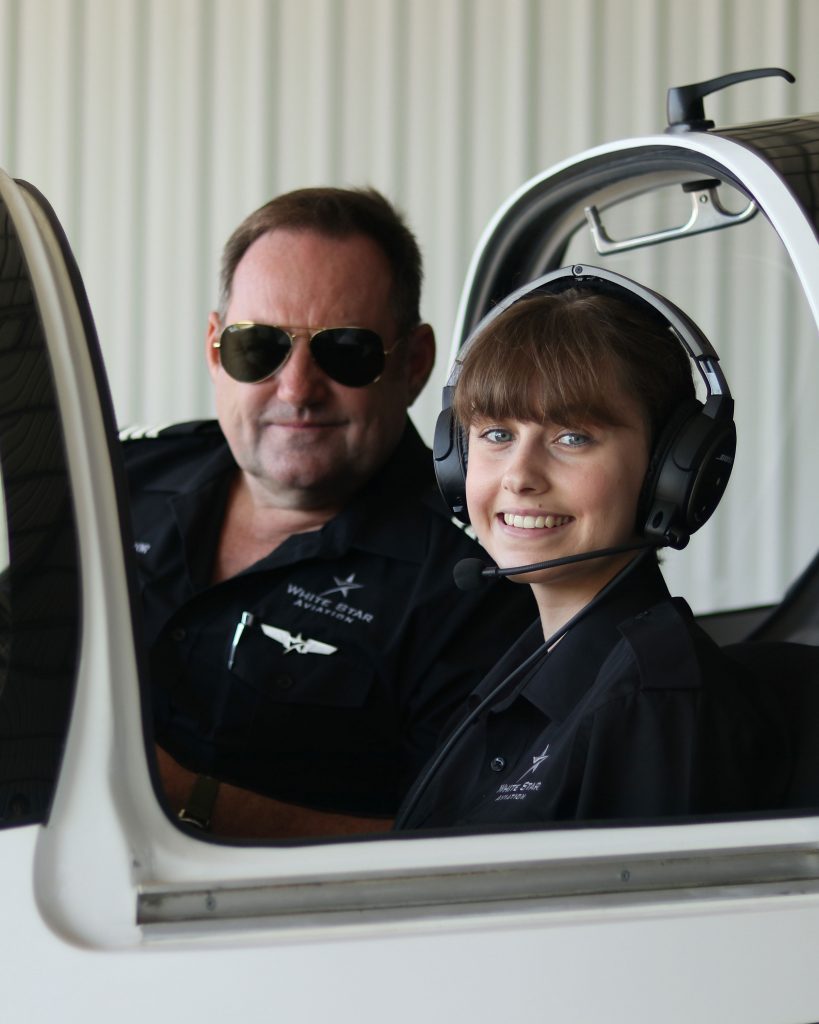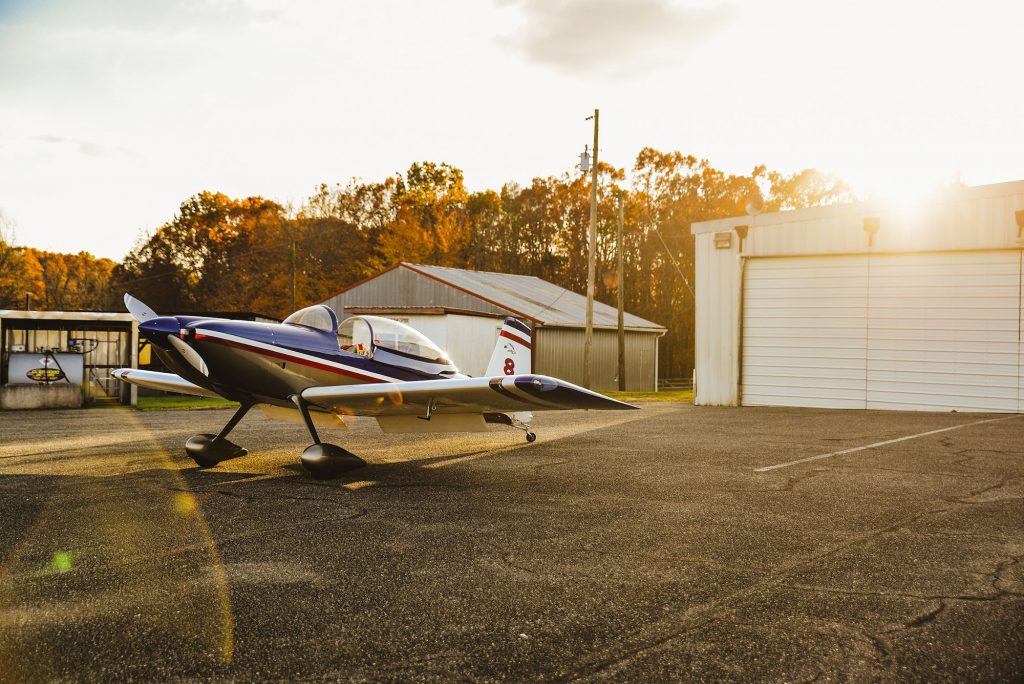Your cart is currently empty!
Safety
As part of our corporate values and strategic plan we place safety above all else and members are central to everything we do as we build alliances and promote safe recreational aviation.
Recreational Aviation Australia is progressively working towards improving safety outcomes through a holistic approach to safety management and the adoption of an open and fair reporting culture.
Our fleet of just over 3,200 aircraft are in many cases, some of the youngest aircraft on an Australian register. This means that these aircraft are equipped with the latest technologies to ensure safety whilst in the air. Additionally many of our pilots now use tablet-based navigation software similar to what most of us are used to in today’s cars.
Our pilots are trained by qualified, skilled and experienced instructors and have access to a comprehensive range of training resources. Additionally our instructors undertake rigorous checking and testing on a regular basis and our qualified staff oversee regular audits of training schools and associated practices.
At RAAus, safety is our first priority.


Open and fair reporting philosophy
Intermittent human and mechanical failures culminating in safety incidents occur from time to time. Collecting information on incidents and, where necessary, analysing causes, allows problems to be identified which, when resolved, can prevent future errors and incidents.
To support occurrence reporting, it is vital to have an effective data collecting system and, in addition, an open and fair culture where those who report are supported and not punished. Research has revealed that where this culture has been introduced, large numbers of incidents are identified and solutions implemented that improve the safety outcomes for the whole organisation can be achieved.
RAAus operates an open and fair reporting culture and believe that educating our members provides better outcomes that punishing them.
Please report all occurrences. We can all learn from your experiences.
Accident and Defect Summaries
Summaries of occurrences reported to RAAus are available for viewing for the purposes of raising awareness of occurrence outcomes and improving aviation safety.

FAQs
Is Recreational Aviation Safe?
Flying is considered one of the safest modes of transport today and recreational aviation is no exception.
At the moment, we have over 3,200 registered ultralight and Light Sport Aircraft, over 10,000 members and 174 qualified Flight Training Schools across Australia. Our members collectively perform over 350,000 landings and spend approximately 200,000 hours in the air annually in flights all over Australia.
To ensure that our instructors follow all operational and technical guidelines to a high standard, they are subject to regular reviews and retesting. In addition to this, our Flight Training Schools also undergo inspections as a part of our assurance to safety. The responsibility does not stop here. As an organisation we are also observed by the Civil Aviation Safety Authority (CASA) who ensure that our administrative, operational and technical protocols are consistent, fair and effective.
As with most adventure-type activities, flying still has its potential hazards. Recreational Aviation Australia exercises its power to ensure the safety of its members and the general public. It is however, important for both current and potential pilots to be fully aware of the possible risks involved. Whilst Recreational Aviation Australia has in place a range of measures to keep potential hazards to a minimum, persons participating in recreational flight training and associated recreational aviation do so at their own risk.
What does RAAus do to make you safe?
To ensure that our safety goals are reflective of our organisation as a whole, we have implemented a Safety Management System which reviews risks in key areas such as the operations and airworthiness of aircraft. Once these risks are identified they can be developed into the information needed for us to use as a basis for developing emergency response plans and our emergency preparedness.
We work together with prominent industry participants to foster and develop a safety culture throughout aviation in Australia. We have close relationships with the Australian Transport Safety Bureau, Australian Maritime Safety Authority (Search and Rescue coordination centre) and The Civil Aviation Safety Authority.
What equipment do RAAus aircraft have to make me safe?
Our aircraft have the ability to be equipped to ensure your ongoing safety. Some of this equipment includes:
- Ballistic parachutes, which provide aircraft the ability to deploy a safety parachute in emergency situations.
- Two-way communication devices which facilitate an effective means of communication in a distressing situation.
- Beacons, which indicate to authorities the location of the aircraft to facilitate search and rescue efforts.
- There are three types of beacons a pilot can use:
- Emergency Locator Transmitter (ELT)
- Personal Locator Beacon (PLB)
- Emergency Position Indicating Radio Beacon (EPIRB)
- There are three types of beacons a pilot can use:
We at Recreational Aviation Australia advise that all pilots should carry at least one of the above beacons in accordance with recommendations from The Australian Maritime Safety Authority.
For more information on the regulations relating to the requirement of carrying a beacon on board an ultralight or light sport aircraft please refer to The Civil Aviation Safety Authority.